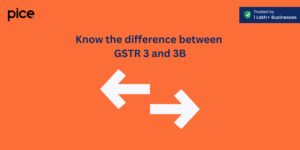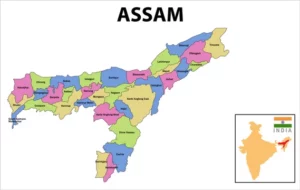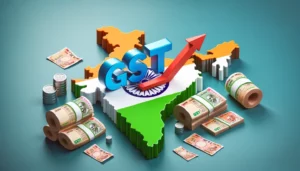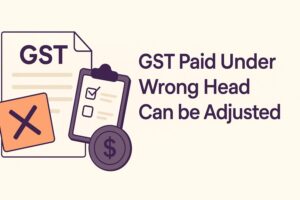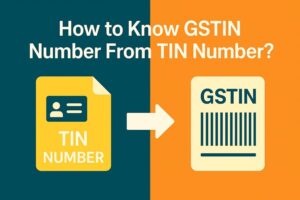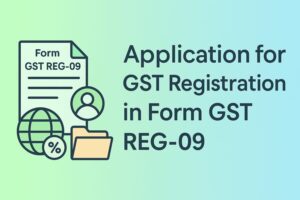DRC 15 in GST: Full Form, Definition and Format
- 15 Jul 25
- 5 mins
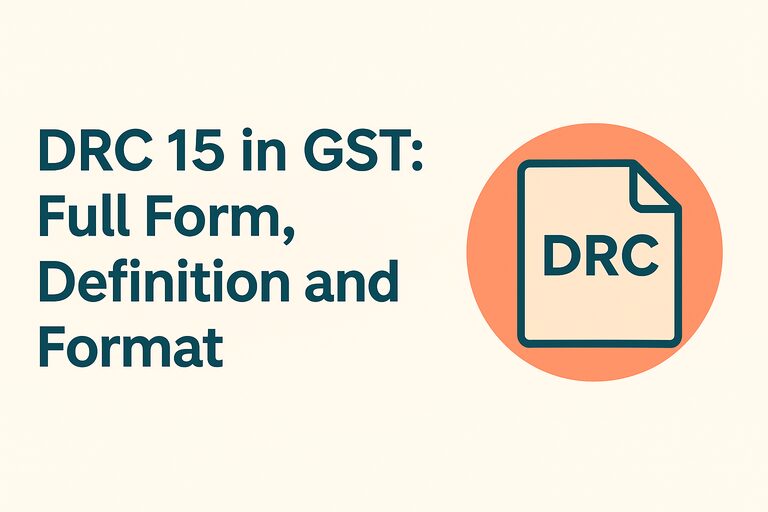
DRC 15 in GST: Full Form, Definition and Format
Key Takeaways
- DRC stands for Demand and Recovery Case under the GST law to enforce tax compliance.
- Form DRC-15 is used to recover dues through execution of civil court decrees.
- It is governed by Rule 146 of the CGST Rules and involves judicial intervention.
- DRC-15 allows the GST officer to request the court to divert proceeds to the government.
- Understanding DRC-15 helps businesses avoid legal complications and ensures GST compliance.
In India, DRC denotes Demand and Recovery Case within the Goods and Services Tax (GST) framework. It refers to a procedure that enables tax authorities to collect pending GST payments from a taxable person. The process of DRC ensures that every business must adhere to the GST system and pay the outstanding taxes.
As per government-backed data, there is an overall count of 28 DRC forms till now. In this blog, we are going to explain DRC 15 in GST, its purpose and its format.
Definition of DRC
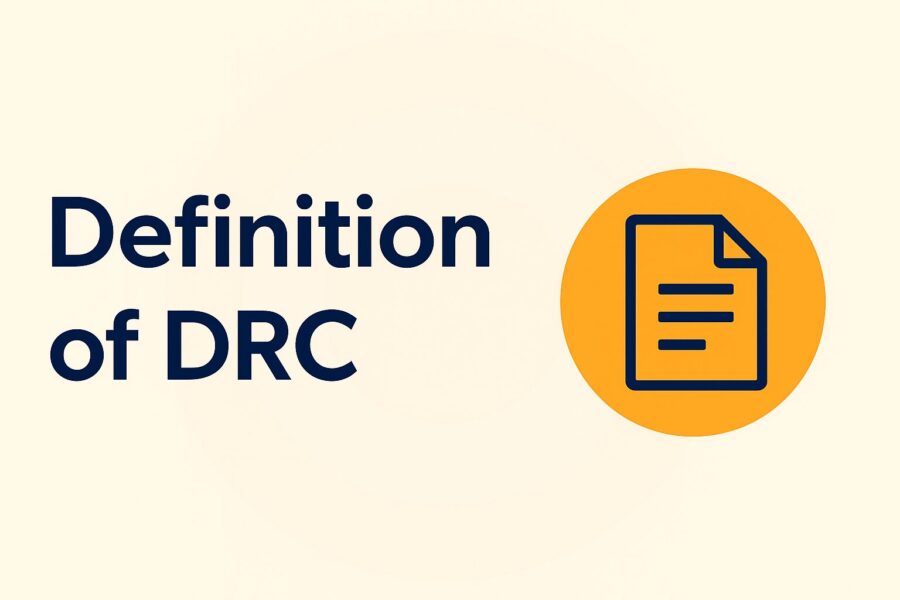
Suppose a business owner has not paid the outstanding GST amount to the government. Then, the government takes serious action. The respected tax department informs the business owner by sending a notice. It is a robust form that the Indian government uses to ensure businesses are complying with regulations.
DRC: How This Legal Process Works
When a taxpayer has not paid the right amount of GST that is needed, then the tax authorities can send an official notice, a DRC form. Through this document, they ask for the remaining balance, including any applicable interest and penalties.
This official document plays a crucial role in shaping the GST framework in India. It helps tax authorities to make the tax collection process seamless and prevent tax evasion. This legal process ensures that every business contributes appropriately to the tax system.
What is DRC 15 in GST?
Form DRC 15 can be used to initiate recovery through the execution of a civil court decree. As per Rule 146, if a defaulter is entitled to receive money through such a decree, whether by payment, sale or enforcement of a mortgage, the proper officer may request the relevant Magistrate or Judge to execute the decree.
The court, following the Code of Civil Procedure, 1908, may then credit the net proceeds to the Government to recover the outstanding dues. This formal request is made through this DRC form.
What is the Format of Form DRC 15 in GST?
Take a look at the official format of DRC 15 in GST:
Conclusion
A Demand and Recovery Case (DRC) refers to a legal action taken by tax authorities when a business fails to pay the appropriate GST, resulting in the issuance of a demand notice. The DRC 15 in GST, one of such notices, is a crucial part of the tax recovery structure.
Understanding how it works, its format and other significant information ensures proper compliance and efficient tax enforcement.
💡If you want to streamline your invoices and make payments via credit or debit card or UPI, consider using the PICE App. Explore the PICE App today and take your business to new heights.
FAQs
What is DRC-15 in GST?
When is DRC-15 used in the GST recovery process?
What legal rule governs the use of DRC-15?
What details are included in Form DRC-15?
Details of the civil decree
Name and GSTIN of the defaulter
Amount receivable through the decree
Name of the court and case reference
Request for crediting net proceeds to the government
It acts as a formal communication to the court for recovery action.
 By
By 





